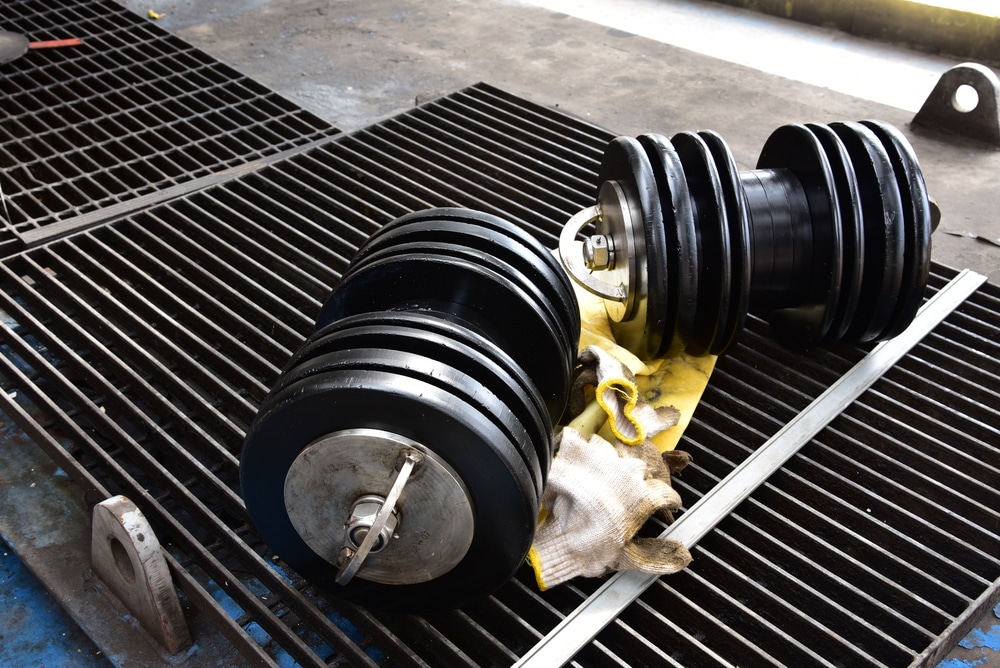Understanding the various types of pipeline pigs and their specific applications is essential for effective pipeline maintenance. This comprehensive guide provides an in-depth look at the different kinds of pigs and how they are used to ensure the integrity and efficiency of pipelines.
The Importance of Pipeline Pigging
Pipeline pigging plays a crucial role in the maintenance and operation of pipelines. Regular pigging helps to:
- Maintain Flow Efficiency: By removing debris, deposits, and other obstructions, pigging ensures that pipelines operate at optimal flow rates.
- Ensure Product Quality: In pipelines transporting multiple products, pigs help prevent cross-contamination by separating different batches of products.
- Protect Pipeline Integrity: Inspection pigs detect and help address potential issues like corrosion, cracks, and deformations, avoiding costly repairs and catastrophic failures.
- Comply with Regulations: Many regulatory bodies require regular pipeline inspections and maintenance, and pigging helps operators stay compliant.
Utility Pigs
Utility pigs are primarily used for routine maintenance tasks such as cleaning and separating products within the pipeline. They include:
- Brush Pigs: Equipped with brushes to scrub the pipeline walls, removing debris and buildup. Brush pigs are adequate for general cleaning and can be used in various pipeline conditions.
- Scraper Pigs: Designed with blades or scrapers to eliminate more challenging deposits and scale. Scraper pigs are ideal for pipelines that carry heavy or viscous products that tend to leave a significant residue.
- Foam Pigs: Flexible and adaptable, these pigs can navigate through complex pipeline configurations while performing cleaning duties. Foam pigs are particularly useful in pipelines with varying diameters or multiple bends.
Inspection Pigs
Also known as intelligent pigs, inspection pigs are used to assess the internal condition of pipelines. They are equipped with advanced technology to detect and measure various anomalies:
- Magnetic Flux Leakage (MFL) Pigs: Utilize magnetic fields to identify corrosion, metal loss, and other defects. MFL pigs are widely used due to their ability to provide detailed information about the pipeline’s condition.
- Ultrasonic Pigs: Employ ultrasonic waves to measure wall thickness and detect cracks or other structural issues. Ultrasonic pigs are highly accurate and can detect even minor defects, making them essential for pipelines transporting hazardous materials.
- Caliper Pigs: Measure the internal geometry of the pipeline, identifying deformations, dents, and other irregularities. Caliper pigs help ensure the pipeline maintains its structural integrity and can safely transport products.
Specialty Pigs
Specialty pigs are designed for specific tasks beyond routine cleaning and inspection:
- Dewatering Pigs: These remove water from pipelines after hydrostatic testing or maintenance, ensuring the pipeline is dry. Dewatering pigs help prevent corrosion and other issues caused by moisture.
- Drying Pigs: Remove residual moisture to avoid corrosion and to maintain product quality. Drying pigs are often used after dewatering pigs to ensure the pipeline is completely dry.
- Coating Pigs: Apply protective coatings to the inside pipelines, extending their lifespan and preventing corrosion. Coating pigs are essential for pipelines that operate in harsh environments or transport corrosive products.
Selecting the Right Pig for Your Pipeline
Choosing the appropriate type of pig for your pipeline is crucial for maintaining its integrity and efficiency. Here are some factors to consider when selecting a pig:
- Pipeline Condition: Assess the current condition of your pipeline to determine what type of pig is needed. For example, a scraper pig might be necessary if your pipeline has significant debris buildup.
- Type of Product Transported: Different products leave different kinds of residues. Consider the nature of the product when selecting a cleaning pig.
- Pipeline Configuration: The design and layout of your pipeline will influence the type of pig you choose. Foam pigs are ideal for pipelines with multiple bends, while rigid pigs are better suited for straight pipelines.
- Inspection Requirements: If you need detailed information about your pipeline’s condition, an inspection pig such as an MFL or ultrasonic pig would be appropriate.
Best Practices for Pipeline Pigging
Implementing best practices for pipeline pigging ensures that the process is effective and efficient:
- Regular Scheduling: Establish a regular pigging schedule to maintain consistent pipeline performance. The pigging frequency will depend on factors such as the type of product transported and the pipeline’s usage.
- Proper Pig Selection: Choose the correct type of pig for each pigging operation. Using the wrong pig can damage the pipeline or fail to achieve the desired results.
- Monitoring and Data Analysis: Tracking devices and sensors are used to monitor the pig’s progress and collect data. Analyze this data to identify any issues and make necessary adjustments.
- Training and Safety: Ensure that personnel involved in pigging operations are well-trained and follow safety protocols. This includes proper handling of pigs and understanding the pipeline’s specific requirements.
Maintaining Pipeline Health with Effective Pigging
Pipeline pigging is indispensable to maintaining pipeline health, ensuring efficient operation, and preventing costly issues. By understanding the different types of pipeline pigs and their applications, operators can make informed decisions and implement effective pigging strategies.
Contact the specialists at Inline Services for expert guidance on choosing the right pig and optimizing your pipeline operations. With over thirty years of experience providing high-quality ILI services, we are committed to helping you achieve the best results in pipeline maintenance. Let us assist you in enhancing the safety and efficiency of your pipelines.







